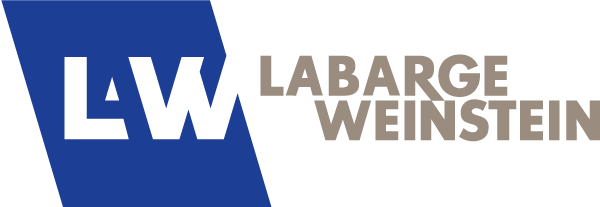New Bought Deal Rules
On August 13, 2013, new rules came into effect for marketing in connection with all Canadian public offerings, including “bought deals”. On September 11, 2013, Halogen Software Inc. closed one of the first bought deal offerings under the new regime, with LaBarge Weinstein LLP acting for the underwriting syndicate led by Canaccord Genuity Corp. and including Raymond James Ltd., Cantor Fitzgerald Canada Corporation and National Bank Financial Inc.
What is a Bought Deal?
Canadian securities laws generally prohibit issuers and underwriters from marketing securities to prospective investors before a preliminary prospectus is filed, except in connection with the bought deal exemption. A bought deal is an arrangement whereby an underwriter agrees to purchase a block of an issuer’s securities before a preliminary prospectus is filed. It provides the issuer with greater certainty of financing and faster access to the capital markets. For example, Halogen’s bought deal closed just three weeks after it was initially announced.
The Bought Deal Process
In order for issuers and underwriters to avail themselves of the bought deal exemption, the underwriter must agree to purchase the securities on a firm commitment basis. The underwriter and the issuer must enter into a bought deal agreement that (i) fixes the number, type and price of securities to be bought and (ii) requires that the Company file a preliminary prospectus for the securities within four business days of entering into bought deal agreement. In addition, immediately upon entering into the bought deal agreement, the issuer must publicly announce the agreement, unless the agreement includes a confirmation clause (as discussed below).
In order to ensure the original bought deal is a true and firm commitment of the underwriter to purchase the securities, the bought deal agreement cannot: (a) contain a “market out clause” that permits underwriters to terminate a bought deal arrangement due to an unexpected change in market conditions, (b) allow any party to unilaterally increase the number of securities to be purchased (except for the underwriter’s standard 15% over-allotment option), or (c) be conditional on syndication (except with respect to a confirmation clause). The parties may, however, agree to increase the size of the bought deal in response to investor demand by an amount of up to 100% of the original deal size. This requires that the parties amend the bought deal agreement and effectively restart the process, which in practice appears to provide less flexibility than would entering into a second bought deal agreement.
The Confirmation Clause
The new rules allow for a confirmation clause whereby a bought deal may be conditional on the lead underwriter confirming that additional underwriters have agreed to participate in the offering. When a confirmation clause is present, no press release is issued at the time the issuer signs the bought deal agreement. Instead, on the business day after the bought deal agreement is signed, the lead underwriter must either confirm the terms of the bought deal or terminate the bought deal agreement. In the event the underwriter confirms the terms of the bought deal, the issuer must immediately issue the news release announcing the agreement and must file the preliminary prospectus within four days. No marketing of the securities can occur before the confirmation.
Increasing the Size of the Deal
As mentioned above, the bought deal agreement cannot allow one party to unilaterally increase the size of the bought deal. Nevertheless, the new rules allow the deal to be increased by 100% of the original deal size if all the parties agree. This decision must be made before filing the preliminary prospectus and does not extend the initial four-day deadline. The type of security and the purchase price must be the same as in the original bought deal. Therefore, the ability to upsize appears to be of limited use, and the parties may have more flexibility if they enter into another, additional bought deal agreement.
Marketing Materials
Under the new rules, marketing materials and term sheets may be provided to prospective investors after a bought deal has been announced but before a preliminary prospectus has be filed. Term sheets can only contain limited information in respect of the issuer, securities and offering, as well as a prescribed legend, but do not have to be publicly filed. If issuers and underwriters wish to provide prospective investors with additional information, they can do so through so-called marketing materials, but these will have to be publicly filed on the day they are first used. If a term sheet includes information other than what is permitted under the new rules, it will be deemed to be a marketing material and will have to be publicly filed.
Conclusion
The foregoing is meant as an overview of bought deals. If you require assistance or advice with respect to bought deals or any other securities law matter, or are simply captivated and would like additional information, feel free to contact one of our securities law professionals.
Author: Brigitte LeBlanc-Lapointe bleblanclapointe@lwlaw.com



